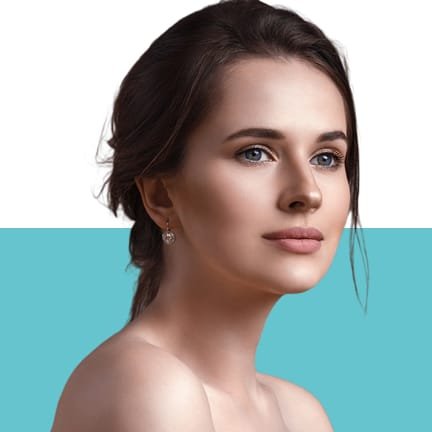Cultures Illuminate Radiance

Cultures Illuminate Radiance
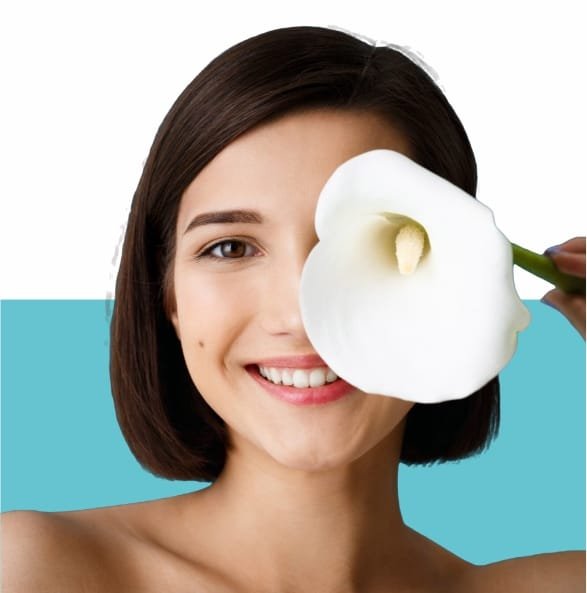
- India: Turmeric and Milk
- Japan: Rice Water
- China: Green Tea
- Africa: Shea Butter
- Egypt: Honey and Milk Baths
- UK: Rosehip Oil
- France: Lemon Juice
- Mexico: Aloe Vera
- New Zealand: Manuka Honey
- Australia: Kakadu Plum
- Antarctica: Glacial Water
- Canada: Maple Syrup
- Italy: Olive Oil
- Middle East: Saffron
- Skin Brightening in the 21st Century
Introduction
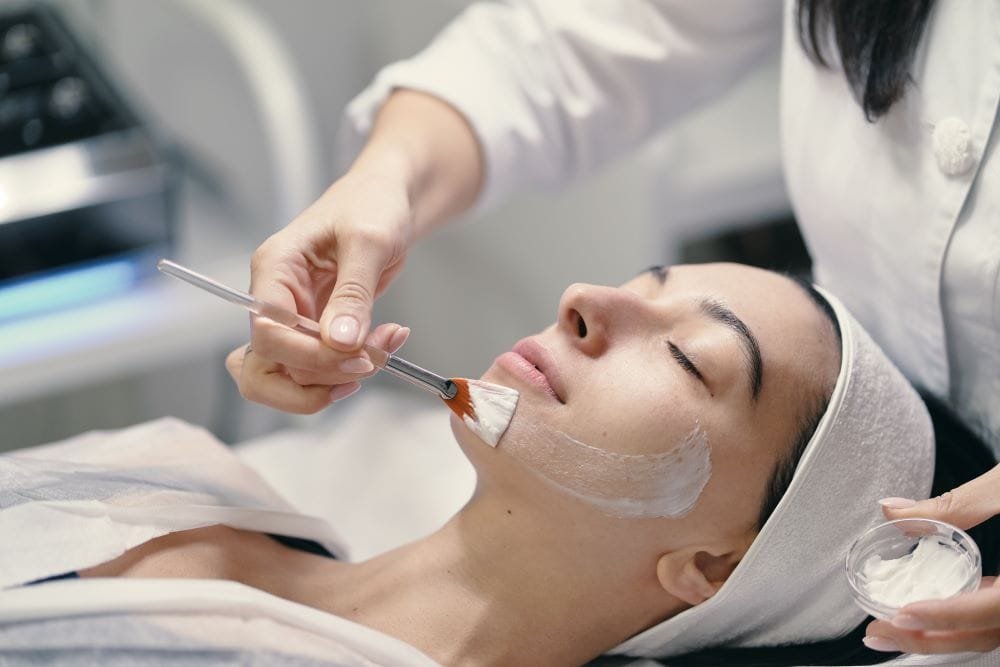
Around the world, cultures have long embraced unique practices and ingredients to achieve luminous, radiant skin. These skin brightening secrets, rooted in tradition and often backed by natural science, highlight the diversity of beauty rituals across different regions. Let’s explore the secrets from various cultures, each with its own distinctive approach.
In India, turmeric is often hailed as a miracle ingredient for skincare. The bright yellow spice contains curcumin, known for its anti-inflammatory, antioxidant, and antimicrobial properties. A common practice involves creating a paste with turmeric and milk, which not only hydrates the skin but also helps reduce pigmentation and brighten the complexion. This mask is often applied before weddings and festivals, as it’s believed to impart a natural glow. Additionally, turmeric’s ability to combat acne makes it a versatile staple in Indian beauty rituals.
India: Turmeric and Milk
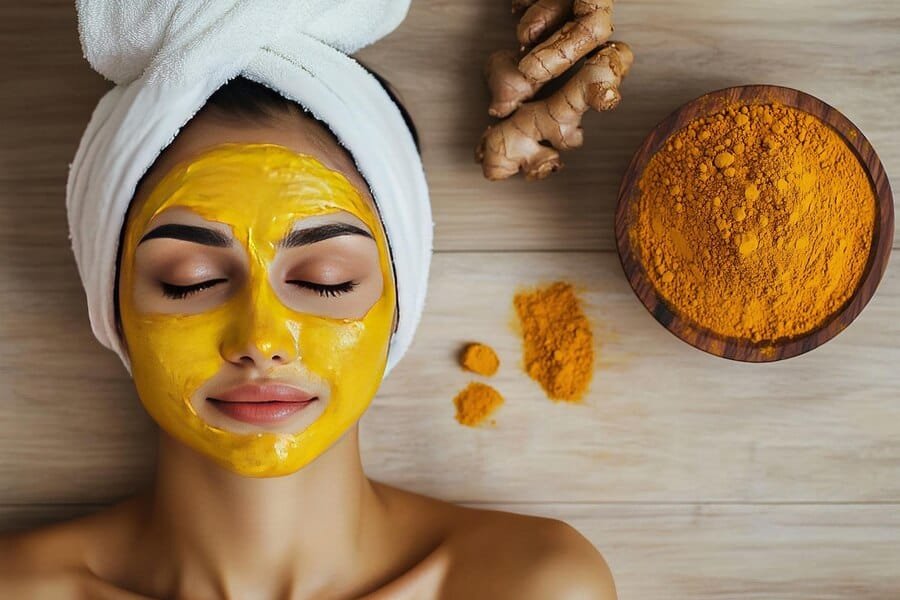
Japan: Rice Water

Japanese beauty practices are renowned for their simplicity and effectiveness. One such secret is the use ¬of rice water, the milky liquid left after rinsing rice. This water is rich in vitamins, minerals, and antioxidants, making it an excellent toner. Women in Japan have been using rice water for centuries, believing it helps to brighten the skin, minimize pores, and enhance overall texture. The ritual of splashing rice water on the face not only refreshes the skin but also imbues it with a radiant glow, reflecting the Japanese ethos of natural beauty.
In China, green tea is celebrated not just as a beverage but also as a powerful skincare ingredient. Packed with antioxidants called catechins, green tea can help combat skin aging and brighten the complexion. Many Chinese women use green tea as a facial wash or in masks, often combined with honey or yogurt. This practice helps to reduce dark spots and promote an even skin tone. Additionally, green tea is consumed as a health drink, contributing to an internal glow, showcasing the synergy between health and beauty in Chinese culture.
China: Green Tea
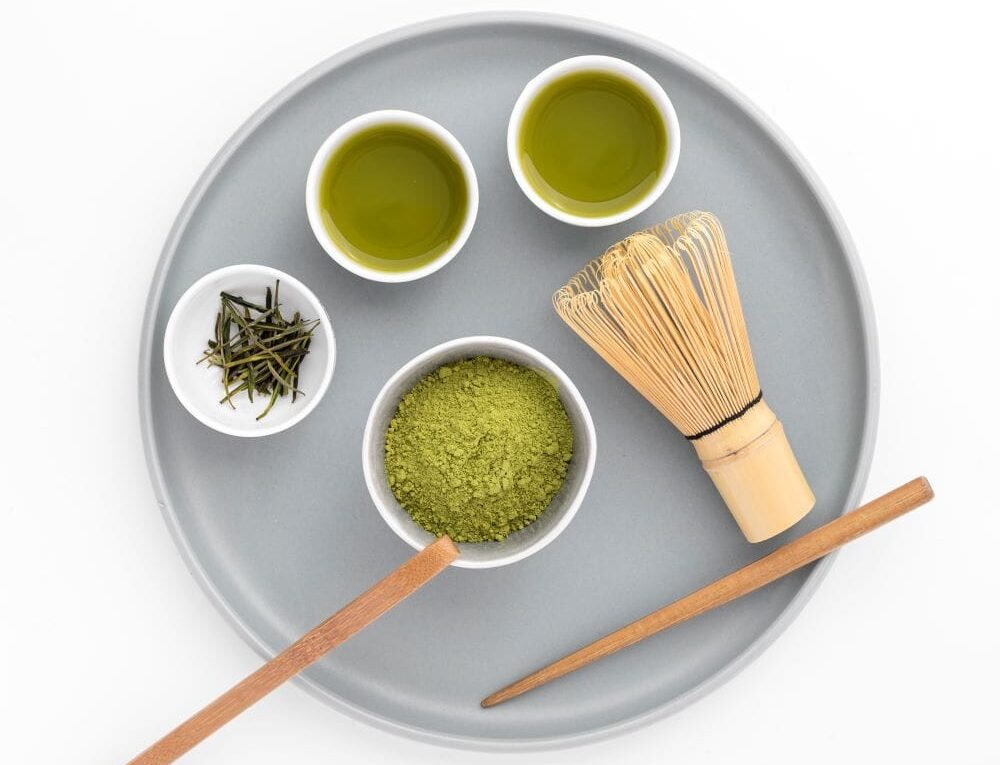
Africa: Shea Butter

Shea butter, derived from the nuts of the shea tree, is a treasured ingredient across Africa. Rich in vitamins A and E, shea butter deeply moisturizes the skin and is known for its brightening properties. It helps to even out skin tone and reduce the appearance of scars and blemishes. In many African cultures, shea butter is not just a skincare product but also a part of daily life, used for everything from sun protection to soothing dry skin. It is often used in rituals to celebrate milestones, emphasizing its cultural significance.
Ancient Egyptians were known for their elaborate beauty rituals, and one of their most famous secrets involves honey and milk baths. Honey is a natural humectant, drawing moisture into the skin, while milk contains lactic acid, which gently exfoliates and brightens the skin. Cleopatra herself is said to have bathed in milk and honey to maintain her legendary beauty. This luxurious treatment continues to inspire modern skincare, highlighting the timeless appeal of natural ingredients. The combination symbolizes both indulgence and effective skincare.
Egypt: Honey and Milk Baths

UK: Rosehip Oil
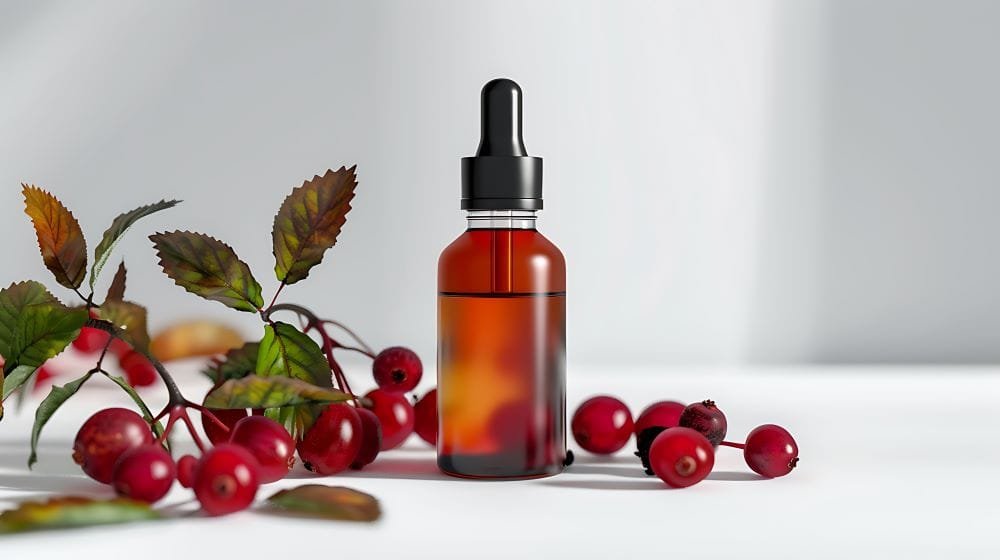
In the UK, rosehip oil has gained popularity for its skin brightening and anti-aging properties. Derived from the seeds of wild rose bushes, rosehip oil is rich in vitamins A and C, as well as essential fatty acids. It helps to promote skin regeneration and reduce hyperpigmentation. Often applied as a serum, rosehip oil nourishes the skin while improving its texture and tone. British beauty enthusiasts appreciate its lightweight feel and efficacy, making it a beloved addition to many skincare routines. Its use reflects the UK’s appreciation for natural, effective solutions.
French beauty secrets often revolve around the philosophy of simplicity and natural ingredients. Lemon juice, with its natural astringent properties, is commonly used to lighten dark spots and brighten the skin. French women might apply diluted lemon juice as a toner or incorporate it into homemade masks. This practice harnesses the brightening power of vitamin C while also promoting a fresh and vibrant complexion, embodying the French pursuit of effortless beauty. The use of lemon juice also symbolizes the connection between food and beauty prevalent in French culture.
France: Lemon Juice
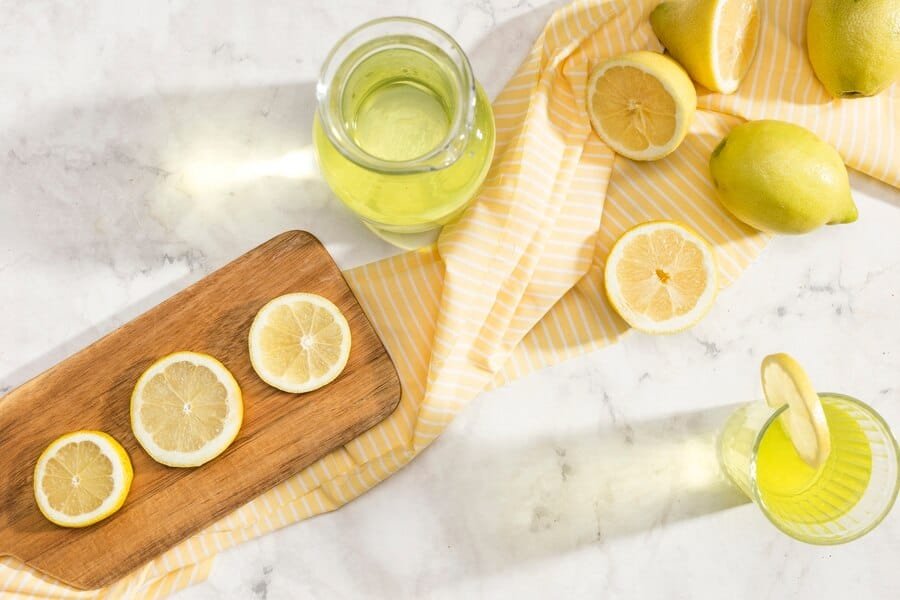
Mexico: Aloe Vera
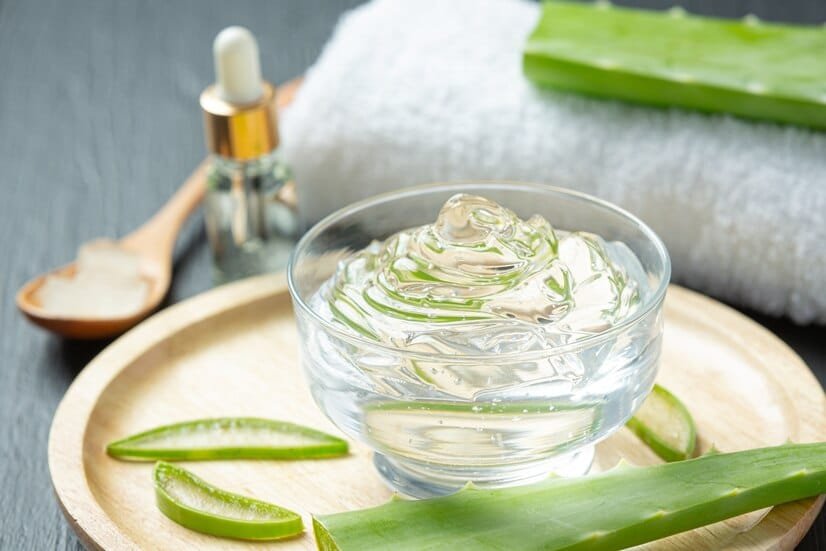
Aloe vera is a beloved ingredient in Mexican skincare, known for its soothing and brightening properties. Rich in vitamins and minerals, aloe vera helps to hydrate the skin while reducing blemishes and dark spots. Many Mexican beauty rituals involve applying fresh aloe vera gel directly from the plant, providing instant relief and nourishment. This natural remedy not only promotes an even skin tone but also embraces the holistic approach to beauty prevalent in Mexican culture. Its use is often tied to family traditions, passed down through generations.
New Zealand is famous for its unique Manuka honey, celebrated for its exceptional antibacterial and healing properties. Manuka honey is often used in skincare products to brighten and rejuvenate the skin. Its high antioxidant content helps combat free radicals, promoting a clear and radiant complexion. Many New Zealanders incorporate this golden honey into their beauty routines, recognizing its effectiveness in treating various skin concerns. The cultural significance of Manuka honey is evident, as it symbolizes the purity and natural beauty of New Zealand’s landscape.
New Zealand: Manuka Honey
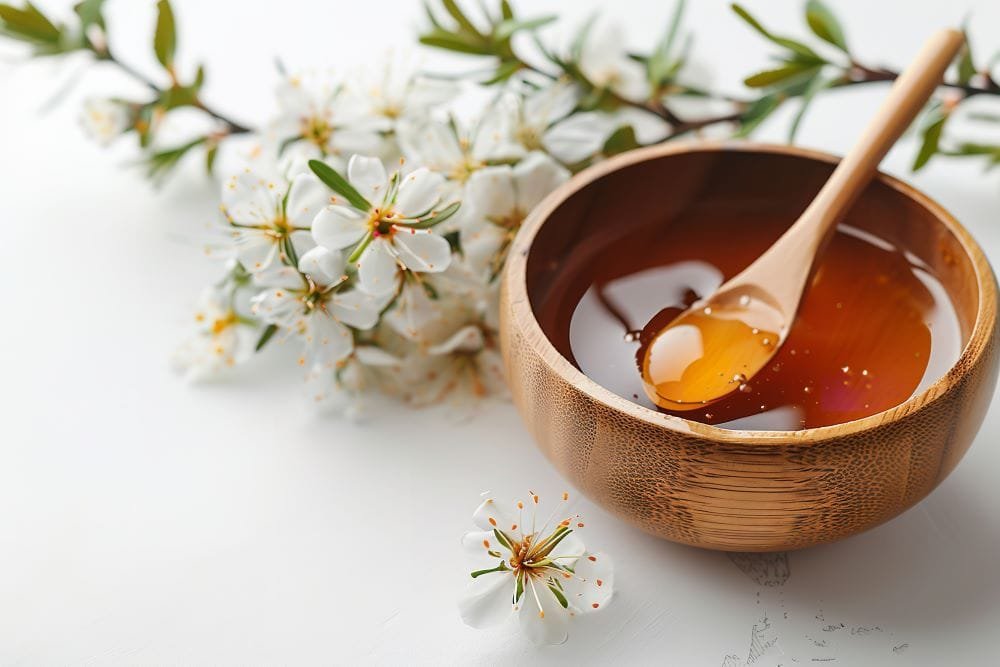
Australia: Kakadu Plum
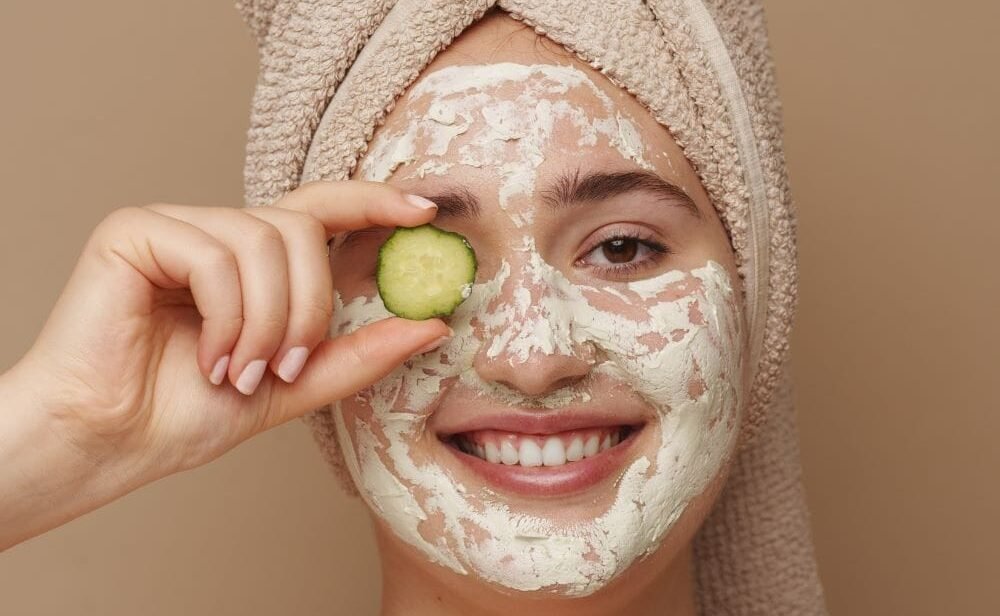
Kakadu plum is a powerhouse of nutrients native to Australia, known for having one of the highest concentrations of vitamin C of any fruit. This potent ingredient is increasingly used in skincare formulations for its brightening and anti-aging benefits. Australian beauty enthusiasts utilize Kakadu plum in serums and creams, which help to even out skin tone, boost radiance, and enhance overall skin health. Its rising popularity highlights the connection between indigenous ingredients and modern skincare innovations in Australia.
Though not a traditional beauty culture, the pristine waters of Antarctica are now finding their way into skincare. Glacial water is incredibly pure, rich in minerals that can help hydrate and revitalize the skin. Some high-end skincare brands have started incorporating glacial water into their formulations, promoting its ability to enhance skin brightness and clarity. This unique source highlights how even the harshest environments can offer beauty secrets. The emphasis on purity reflects a growing consumer desire for clean and natural beauty products.
Antarctica: Glacial Water
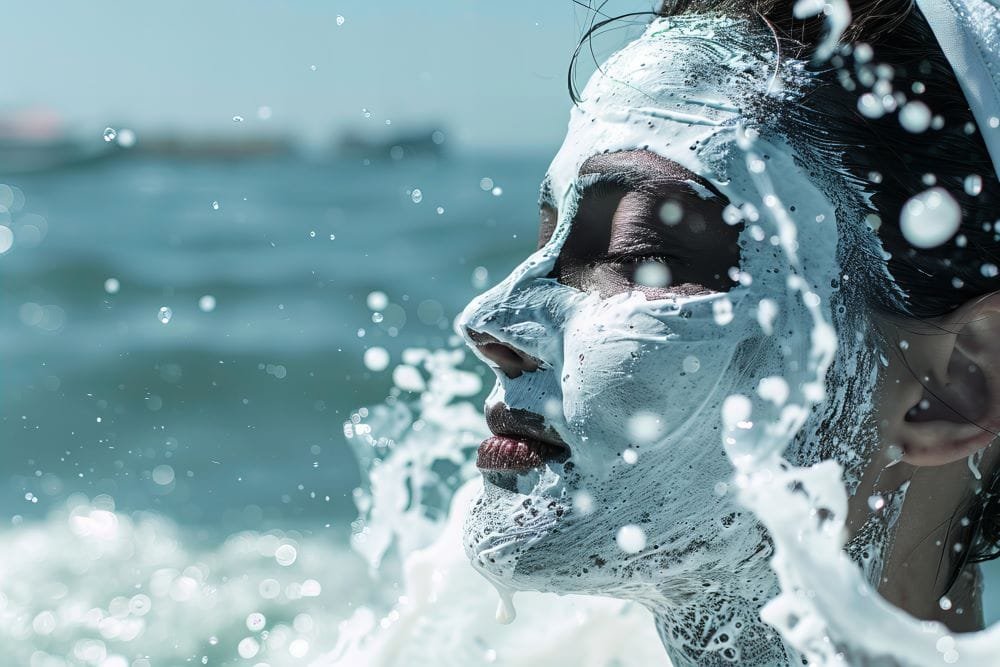
Canada: Maple Syrup

Canada is known for its delicious maple syrup, but it also has skincare benefits. Rich in antioxidants, maple syrup is sometimes used in homemade face masks to brighten and hydrate the skin. Its natural sugars help draw moisture into the skin, making it an effective treatment for dullness and uneven texture. Canadian beauty enthusiasts appreciate this sweet ingredient for its versatility and effectiveness in achieving a radiant complexion. The cultural significance of maple syrup connects beauty with the rich natural heritage of Canada.
Italy is synonymous with cuisine, but olive oil has also long been revered in beauty rituals. Rich in antioxidants and healthy fats, olive oil is known for its moisturizing and brightening properties. Italians often use it in hair and skincare, applying it directly to the skin or mixing it with other ingredients like lemon juice for added brightness. This age-old secret underscores the connection between food and beauty in Italian culture, where the Mediterranean lifestyle emphasizes holistic health and beauty.
Italy: Olive Oil
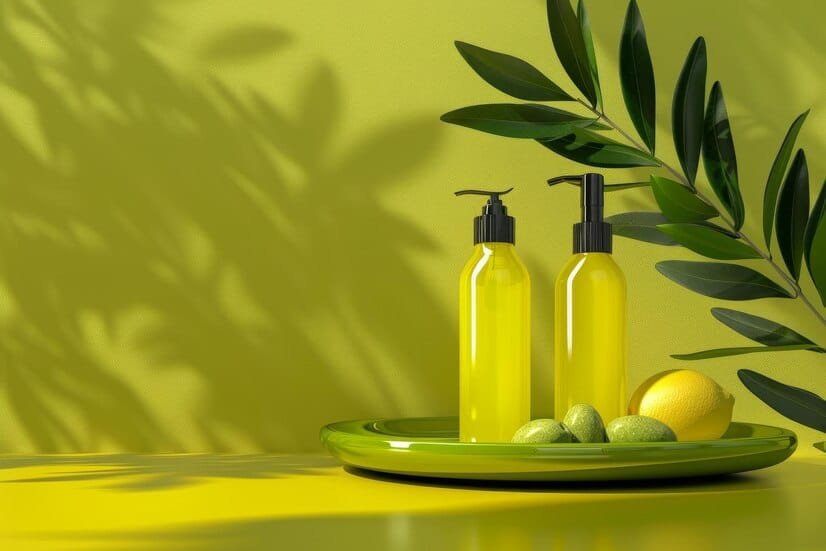
Middle East: Saffron
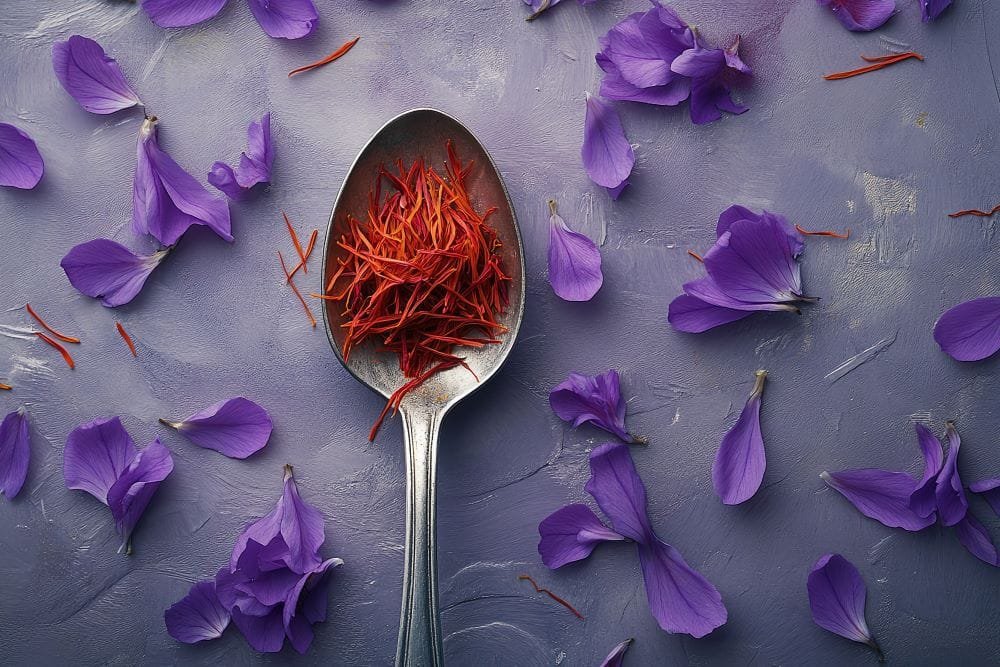
Saffron, the world’s most expensive spice, is cherished in Middle Eastern beauty rituals for its skin brightening effects. Often combined with milk or yogurt, saffron is used to create masks that reduce pigmentation and enhance radiance. Known for its anti-inflammatory properties, saffron helps to soothe the skin while promoting a more luminous complexion. This luxurious ingredient reflects the rich heritage and beauty traditions of the Middle East, often used in rituals for weddings and celebrations, symbolizing beauty and prosperity.
Fortunately, advancements in modern science and dermatological expertise have made it possible to customize skin brightening treatments to address specific concerns and lifestyles. Our treatments are US FDA-approved, ensuring the highest standards of safety and efficacy. Dermatologists can assess individual skin needs, tailoring treatments to promote safety and effectiveness. This personalized approach not only enhances the efficacy of brightening solutions but also builds confidence in their use, allowing individuals to achieve their desired results without the guesswork of traditional methods.
Skin Brightening in the 21st Century
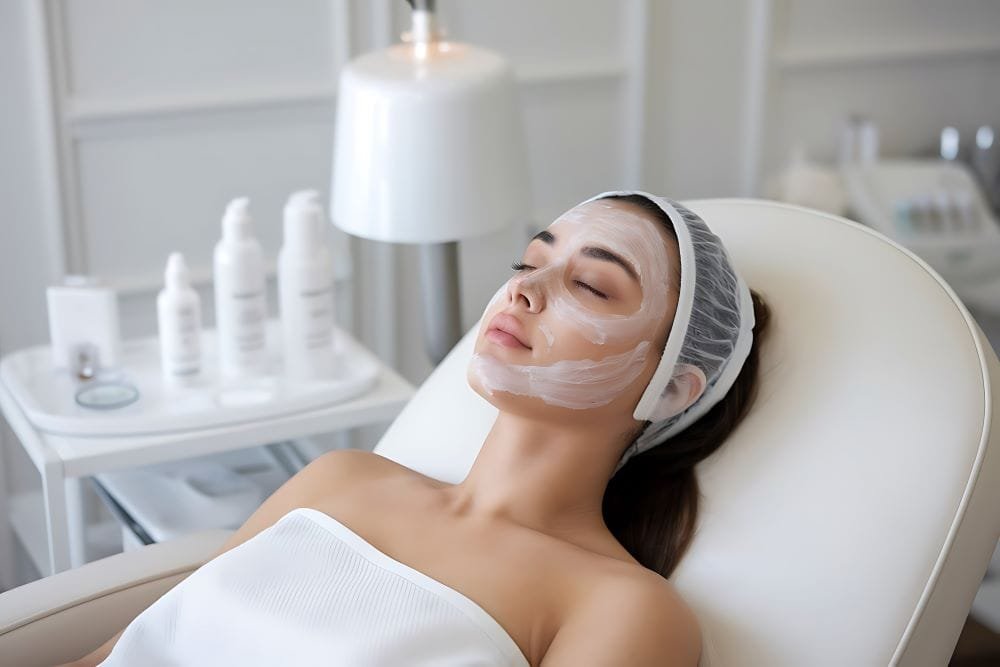
Ultimately, the fusion of tradition and modern science offers a pathway to radiant skin that is both safe and effective. By embracing customized, FDA-approved treatments, individuals can confidently address their unique skin concerns while enjoying the benefits of innovative skincare solutions. This holistic approach empowers everyone to achieve a luminous complexion tailored specifically to their needs, transforming skincare from a daunting task into a personalized journey toward beauty and confidence.
Talk to Experts

